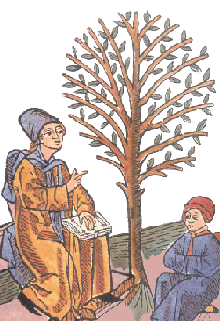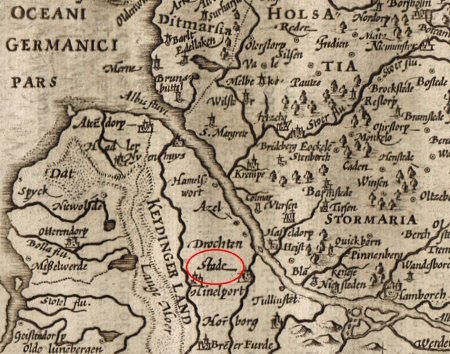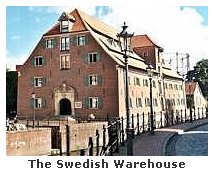
| Illuminations
Home |
|
| Family
Trees |
|
| The
Sanftlebens |
|
| The
Parsons |
|
| Royalty
and Sea Monsters |
|
Illuminations, Epiphanies, & Reflections
Family
Trees
| The
Sanftlebens Christoffer Sanftleben: 1646-1733 The place of Christoffer
Sanftleben's birth
is unclear, although family tradition indicates that he was born near
Frankenstein in Schlesien. When the Peace of Westphalia ended
the
Thirty Years War in 1648, the terms of the treaty made Schlesien a
Catholic province. Many inhabitants simply switched
religions again--as they had been forced to do
many
times during the war--and accepted
Catholicism.
Other families left the area for Protestant
regions when
the Swedish Army departed. That
appears to have
been the case with Christoffer and his family, as Christoffer
eventually ended up as the owner of a farm near the town of Basbeck,
not too far from the city of Stade, in the region of Northern Germany
known as Bremen-Verden, an area stretching between the Elbe and Weser
Rivers that was ceded to Sweden following the war. Bremen-Verden
was actually a Swedish "dominion," meaning that while it was governed
by Swedish law and a Swedish Governor-General, it was allowed to retain
some regional law-making responsibility and it was not fully
incorporated as an integral part of the nation. Unfortunately, almost all
records for
Bremen-Verden were lost when While this information at
first seems
contradictory, it is not. It dovetails quite nicely with the
"indelningsverket" or "allotment system" that was used by Sweden to
keep a trained army at all times. The infantry soldiers who
were
part of this system were known as "indelta soldater" or "tenement
soldiers." In exchange for their training and service when required,
these infantrymen were given small tenement or crofts of
farmland. For cavalrymen, the system was slightly different
and
based on a "rusthall" or "armed household." A rusthall was a
much
larger farm or estate capable of supporting a horseman, horse, and
associated equipment. Frequently, these "peasant manors" were
farmed by tenants, and occasionally the horseman received additional
tax incentives.
It is unlikely that
Christoffer saw much, if
any action, as the region generally was at peace during this
period. It is possible, however, that he participated in the
Bremen War of 1666. Although the powerful city of Bremen was
technically a part of Bremen-Verden, its citizens had long enjoyed
considerable independent freedom. While the city agreed to
pay
Swedish taxes, it refused to submit to Swedish control of its
government and other institutions. In response, Sweden
unsuccessfully attempted to use the forces garrisoned in and around
Stade to force Bremen's acquiescence. To Silesian Roots
To Andreas
Christoffer
Sanftleben
|

 two-thirds
of the regional
capital, Stade, went up in flames during a catastrophic fire in
1659. So, few details are known about Christoffer other than
that
he served as a Swedish cavalryman and that he was supported by a large
track of land which was farmed by tenants.
two-thirds
of the regional
capital, Stade, went up in flames during a catastrophic fire in
1659. So, few details are known about Christoffer other than
that
he served as a Swedish cavalryman and that he was supported by a large
track of land which was farmed by tenants.  The
proximity of Basbeck
and Stade also suggest this arrangement as the Swedes
built Stade into a headquarters city with a large fortress and
associated structures capable of garrisoning up to 3000
soldiers.
As a result of the fire, many of the Stade's most prominent structures,
including the Schwedenspeicher (Swedish Warehouse) and the Armoury,
have a distinctly Swedish military character, and the old walls and
moat of the Swedish fortress still surround the town today.
The
proximity of Basbeck
and Stade also suggest this arrangement as the Swedes
built Stade into a headquarters city with a large fortress and
associated structures capable of garrisoning up to 3000
soldiers.
As a result of the fire, many of the Stade's most prominent structures,
including the Schwedenspeicher (Swedish Warehouse) and the Armoury,
have a distinctly Swedish military character, and the old walls and
moat of the Swedish fortress still surround the town today.